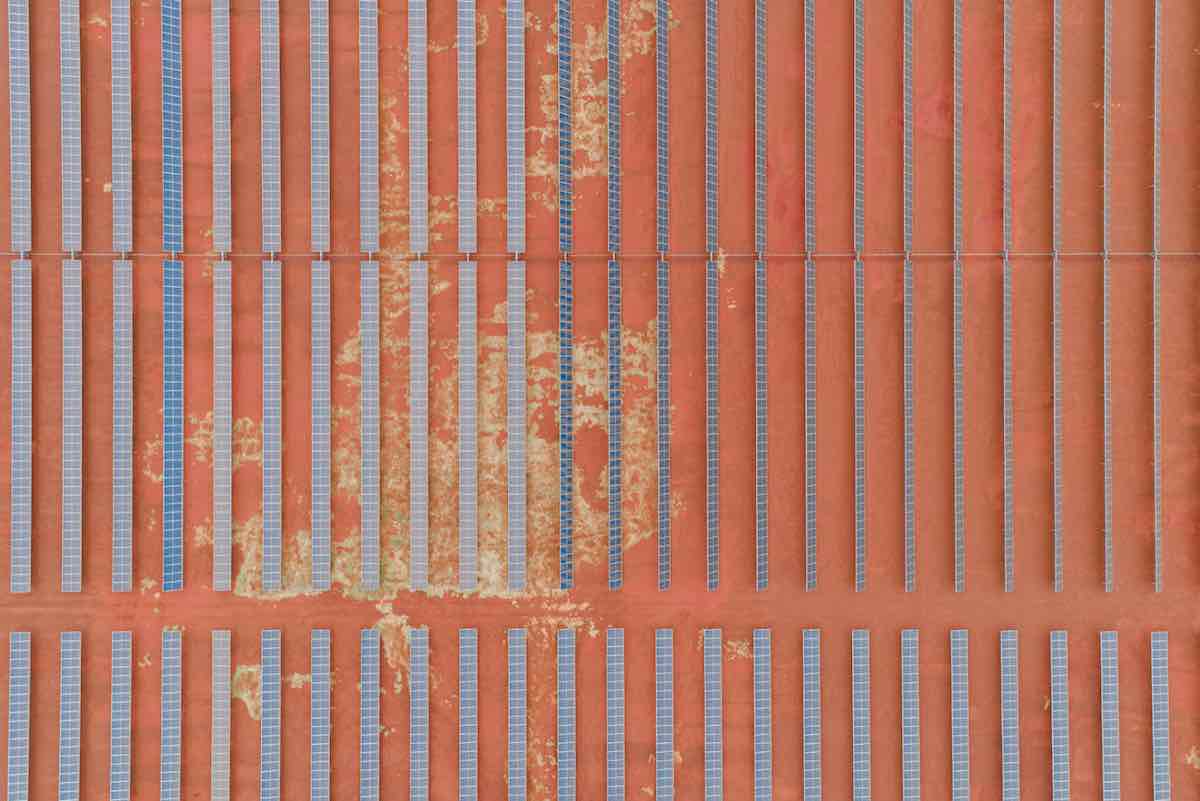The Albanese government has announced $47.5 million in funding to fast-track the development of Australia’s biggest renewable hydrogen project to date – and one of the largest in the world – in Western Australia’s Pilbara region.
The Australian Renewable Energy Agency (ARENA) has conditionally approved funding through its Renewable Hydrogen Deployment Funding Round for construction of the 10MW solar powered electrolyser in Karratha, taking it to financial close by the end of the month and putting construction on track to begin next month.
The massive, $87 million project being developed by Engie Renewables Australia and Mitsui & Co will combine a 10MW electrolyser to produce renewable hydrogen, 18MW of solar PV to power the electrolyser and an 8MW/5MWh lithium-ion battery for firming.
The solar electrolyser plant will supply hydrogen and electricity to Yara Pilbara Fertilisers at its neighbouring liquid ammonia facility, with the capacity to produce up to 640 tonnes of renewable hydrogen a year once complete.
As well as receiving WA government funding, the project has been backed by ARENA once before, back in 2019 when Yara was awarded a $995,000 grant to investigate the feasibility of a renewable hydrogen and ammonia facility in the Pilbara.
Engie formed a subsidiary called Yuri to develop the project, with Mitsui agreeing to take a 28 per cent stake. Engie and Mitsui will operate the Yuri project through the joint venture company, including managing the construction and operation of the project’s solar and battery.
ARENA CEO Darren Miller says the Yuri project promises to “make an immediate difference” by replacing fossil fuels with renewable energy in the production of ammonia.
Ammonia production is massive contributor to global greenhouse gas emissions, producing about 500 million tonnes of carbon dioxide – or around 1.8 per cent of global CO2 emissions, similar in scale to the aviation industry.
“The Yuri project is Australia’s first really substantial renewable hydrogen project, and it is one of the largest so far in the world,” said Miller on Friday.
“Whether it’s for decarbonising fertiliser production, or for use as a zero emissions fuel, renewable hydrogen will be vital to reducing emissions in so called hard-to-abate sectors.
“It is also a huge export opportunity for Australia to provide clean energy and emissions free materials to the rest of the world. This is going to be important if we are to achieve zero net emissions in the decades ahead.
“As the largest hydrogen project of its kind so far in Australia and one of the largest in the world, this project will help us understand the opportunities and challenges for producing renewable hydrogen at scale, offering valuable insights into the technical complexities, economics and supply chain considerations for future commercial scale hydrogen electrolyser projects in Australia,” Miller said.
Climate and energy minister Chris Bowen says the project – set for completion in 2024 – will boost Australia’s leadership in hydrogen generation.
“The Albanese government is committed to boosting the level of renewables and is thrilled to announce further progress on this electrolyser, which will be among the largest in the country.” Minister Bowen said.
“As we move to a more renewable economy, hydrogen will become an increasingly important part of our energy mix and will be important in supporting industrial and hard to abate sectors.”
The project was also welcomed by Western Australia’s hydrogen minister Alannah McTiernan, who says the project will demonstrate industrial-scale green hydrogen production.
“This is an important milestone for WA’s growing renewable hydrogen industry,” Minister MacTiernan said.
“The state government provided early critical support for this project with a $2 million grant awarded two years ago. This support helped the project attract further funding.”
The Yuri project is part of a wider global play to decarbonise the emissions-intensive fertilizer production process through the development of ‘green’ ammonia.
In this process, renewable-powered electrolysers separate water molecules into hydrogen and oxygen. This ‘green’ hydrogen is then combined with nitrogen to produce ammonia, a central ingredient in industrial-scale agricultural fertilisers.
Green ammonia has a range of potential applications outside the agriculture industry, including long term energy storage and long haul transport.
Yara has received certification from the Smart Energy Council recognising that its green ammonia will be produced by onsite solar PV. However, Yara’s wider ammonia ventures continue to include the use of hydrogen produced with the help of natural gas (grey hydrogen), and renewables, usually referred to as ‘clean ammonia.’
Dr Fiona Simon, CEO of the Australian Hydrogen Council – the peak body for Australia’s hydrogen industry – said the project was a world-first.
“Production of ammonia is by far the largest user of gas in the whole chemicals sector which means there is an opportunity to decarbonise this industry.
“As one of the first facilities in the world to use green hydrogen to produce clean ammonia, the Yuri project is of particular importance for reducing emissions in Australia.
“ENGIE and Yara are putting Western Australia on the map as a hydrogen powerhouse.”
While the Yuri project is set to supply renewables-backed hydrogen to Yara’s Pilbara operations, the plant’s ammonia production run by Yara Clean Ammonia encompasses ‘grey’ and ‘green’ hydrogen










